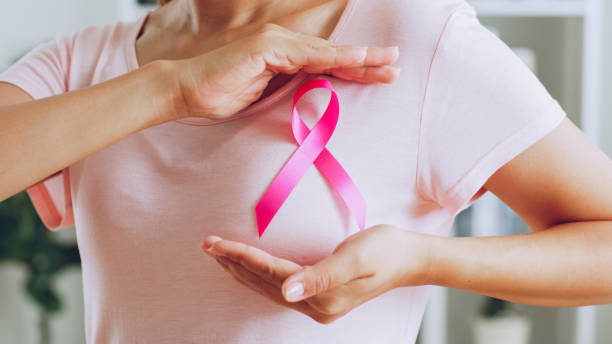Understanding the Types and Symptoms of Breast Cancer
Breast cancer typically starts in the ducts or lobules and progresses in severity. It is classified into invasive, inflammatory, recurrent, and metastatic types. HER2-positive breast cancer results from a gene mutation that accelerates cell division. Symptoms such as breast lumps, nipple discharge, skin redness, and unexplained size changes require medical evaluation. Early detection significantly improves treatment success.
Breast cancer is a disease that originates in the breast tissue, commonly in the milk ducts that carry milk to the nipples (ductal carcinoma) or in the milk-producing lobules (lobular carcinoma). Depending on its characteristics, breast cancer can be classified into various subtypes, each requiring different treatment approaches.

Breast cancer can be classified into several types:
1. Invasive Breast Cancer – The most common diagnosis.
2. Inflammatory Breast Cancer – A rare but aggressive form.
3. Recurrent Breast Cancer – Occurs when cancer reappears after treatment.
4. Metastatic Breast Cancer – The most advanced stage, where cancer spreads to distant organs.
What Is HER2-Positive Breast Cancer?
HER2 (Human Epidermal Growth Factor Receptor 2) is a gene present in breast cells that controls cell growth and repair. In HER2-positive breast cancer, mutations in this gene cause uncontrolled cell division, leading to rapid tumor growth. While this form of breast cancer is aggressive, it responds well to targeted treatments designed to block HER2 receptors.
Early Symptoms of Breast Cancer
Symptoms of Breast Cancer
Since early-stage breast cancer often presents no noticeable symptoms, early detection can be difficult. However, recognizing common warning signs can improve the chances of early diagnosis and successful treatment.
Signs to Watch For:
• Unusual swelling in the breast, either partial or complete.
• Breast pain or nipple discharge unrelated to breastfeeding.
• Lumps detected in the breast or underarm area.
• Changes in nipple shape, such as inversion (pulling inward).
• Skin abnormalities, including redness, rashes, or the formation of scabs near the nipple.
• Enlarged pores or thickening of the breast skin.
• Red, scaly, or swollen skin on the breast or nipple.
• Unexplained breast size changes, including swelling or shrinkage on one side.
If you notice any of these symptoms, consult a medical professional promptly. However, these signs do not necessarily indicate breast cancer, as they may be linked to other benign conditions.